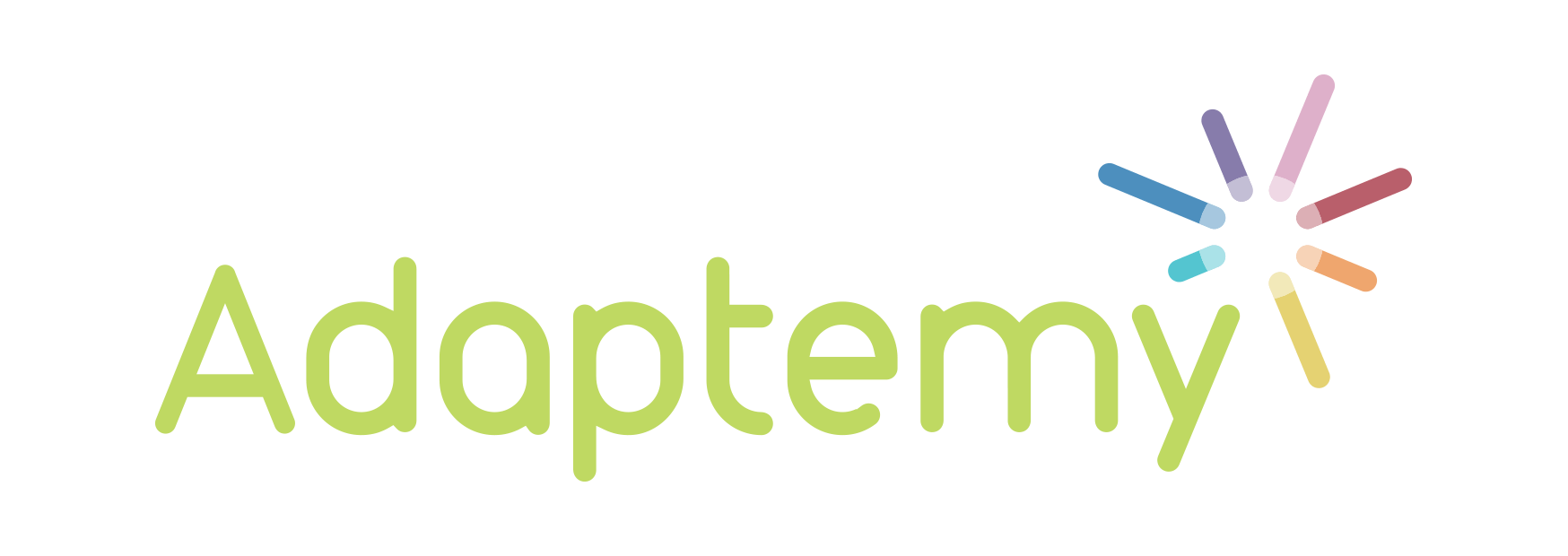
As has been the case across almost every industry, the digital revolution has caused a seismic shift in publishing. While the idea that digital would herald the death of print has been widely debunked, over the past decade we have seen a continued shift towards the production of digital products, as publishers seize the opportunities it presents.
In educational publishing, the disruption has been even more apparent. Consumer behaviour – in both teachers and students – and the greater entwinement of technology in the classroom are creating new learning approaches and experiences. While these present a host of new routes to market, they also require a sizeable adjustment.
Opening the Market
Across publishing, executives and senior management are assessing their existing practices and plans, to capitalise on the opportunities presented by digital in education. For some, this opportunity comes in the form of a completely new market. Businesses not traditionally associated with educational publishing, such as media companies like Aula Planeta, used technology to enter and capture a share of the market.
Meanwhile, for the incumbents, it has offered a way to create points of differentiation and a means of protecting resources. Moreover, drawing on real-time feedback, these educational publishers are constantly improving their products, enhancing user experience and establishing greater relevance in the classroom.
Which Tech is Best
The challenge for publishers now is not if they should invest in digital solutions, but which technology they should invest in. EdTech is a vast and quickly evolving field. The investment of money and resources necessitates that the tech route a publisher chooses must be relevant today and in the future, scalable and profitable. Gartner recently published a report on the Top 5 Strategic Technologies Impacting K-12 Education in 2017.
Trend 1: Artificial Intelligence
Despite much of the hubbub about Artificial Intelligence (AI), it is not robots taking the place of teachers in the classroom, in a Jetsons style future. Any credible EdTech company will tell you that education is far too complex for machines to take over…at least for the foreseeable future. What AI is doing, is providing a basis for multiple EdTech solutions designed to support the role of the teacher in the classroom.
Two years ago, TeachThought.com, published an article proposing 10 Roles for AI in EdTech. From grading homework and tests to personalising course material to individual student needs, as we continue to understand more about machine learning and artificial intelligence, and gain better insights into how it can be applied to teaching, it seems the opportunities are limitless.
Trend 2: Virtual Reality/Augmented Reality
As the cost of virtual reality headsets, such as the Oculus, continue to drop and more businesses invest in the technology, there can be no doubt that it will seep into the mainstream just as the smart phone did. Virtual reality creates immersive experiences for students, delivering multi-sensory learning experiences and making them all the more engaging as a result.
Trend 3: Digital Assessment
This area of EdTech addresses the way we assess student learning. The digitisation of student assessments offers a world of new insights, previously unimagined in the world of print tests. Huge amounts of data can now be captured that go beyond whether a question was right or wrong, to the level of difficulty experienced in solving the problem, the process of getting to the solution and much more.
Trend 4: Adaptive Learning
Our own area of expertise, adaptive and personalised learning is the tailoring of the learning experience to the unique needs of each student, based on a process of continuous feedback and evaluation of each student’s progress and behaviour. Recent dramatic improvements in technology, both in online devices and AI systems, make this a reality for schools today.
In the school, adaptive and personalised learning provides an excellent resource to hone skills and achieve a fundamental understanding before elevating that to mastery. Adaptive learning serves to spot holes in understanding and provide individual learning plans to bring students back on track.
As pointed out by in EdTech Magazine, ‘the use of AI in the education sector will grow 47.5 percent through 2021.’ Of all the areas where AI might work in K–12, the article indicates the potential to create adaptive learning features that personalise tools for each student’s learning experience is the biggest.
Better Outcomes
Technology is producing tangible results in the classroom, improving student engagement and grades. As far back as 2014 the potential for better learning outcomes by incorporating digital resources was flagged by McKinsey on Society in their article on The Future of Textbooks. In it they stated:
“The larger opportunity for publishers lies in the creation of dynamic digital-learning resources. Many publishers already are creating adaptive exercises, digital text with interactive graphics, audio, and video, and desktop simulations of everything from chemistry experiments to taking a patient’s pulse.
Early evidence suggests these digital tools can improve educational outcomes. Dropout rates fell to 14 percent from 31 percent after adaptive digital tutorials were introduced in a first-year engineering-mechanics course at Australia’s University of New South Wales. Similar tutorials have helped boost pass rates in other entry-level courses by an average of 18 percent at Arizona State University, the University of Alabama, and the University of Nevada, Las Vegas, according to data we compiled from university websites.”
While the McKinsey on Society article is clearly focused on third-level, grade improvements in university students, similar results can be seen in K-12 students too. Taking our own product as an example, for every five-minute lesson completed, Adaptemy sees an 12.4% improvement in grade. In practice, that means C-level students could increase their grade by 24% in 2-3 revisions of one concept. Week-on-week, that has a significant bearing on grade.
With EdTechX Asia just around the corner, it will be interesting to see what new developments are being made in education technology around the world. We’ll be there. If you’re interested in educational publishing, come by to find out how we can support your digital strategy.





